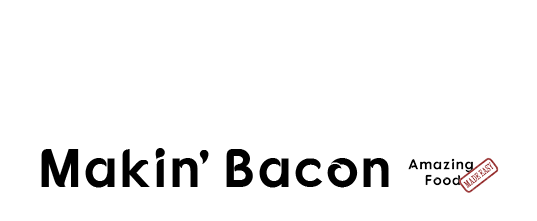 Written by Jason Logsdon
Written by Jason Logsdon
How Accurate is My Sales Page Conversion Rate?
Click to discover how to serve your Fans and grow your incomeI've started to dive into Facebook advertising and other areas where you are making critical decisions based on the conversion rate of sales pages. As I've gotten into this, I've become more and more concerned about how accurate that number actually is, and what it really means.
Note: Already read this? Jump to the tool!
The issue is that the conversion rate tells you what just happened, but not how likely it is to happen in the future. It's ability to determine the future is largely dependent on how many people visited the page. And this is something that makes intuitive sense to us.

Imagine we decide to play a game where we flip a coin and I get a dollar for every heads and you get a dollar every tails. If after 4 flips it has come up heads 3 times, you probably aren't going to be worried. But if after 1,000 flips it has come up heads 750 times, you're going to call me a cheater!
The same thing is true with conversion rates. Most of us would agree that if 10 people came to your sales page, and 4 of them bought, it's a little hard to say that in the future 40% of people will also buy. And if a million people came, and 40% bought, we'd feel very comfortable basing predictions on it.
So my question was how do you get a good idea of what the actual conversion percent is, without needing a million visitors. After a bunch of research, I came across the Wald Confidence Interval, which is a pretty neat metric. At a high level, it tells you how many conversions you can actually expect if you had the same amount of visitors again.
For instance, instead of saying "With 23 purchases you have a 1.66% conversion rate" it'll tell you "the majority of the time, you will have between 14 and 32 purchases, at a 1% to 2.4% conversion rate".
This allows you to more accurately plan your ad budget. If you are counting on a 1.66% conversion rate to make money, knowing that you are equally likely to have a 1% rate is critical information to have before you spend the money on your campaign. And just like with flipping the coins, the more visitors you have to your sales page, the smaller the uncertainty gets and the range will get smaller and smaller.
For example, here is how the range shrinks based on the exact same conversion percent.
| Visitors | Sales | Measured Rate | Predicted Rate | Difference |
|---|---|---|---|---|
| 100 visitors | 2 sales | 2% | 0% to 5% | 5% |
| 200 visitors | 4 sales | 2% | 0% to 4% | 4% |
| 500 visitors | 10 sales | 2% | 0.7% to 3.2% | 2.5% |
| 1,000 visitors | 20 sales | 2% | 1.1% to 2.8% | 1.7% |
| 10,000 visitors | 200 sales | 2% | 1.73% to 2.27% | 0.5% |
| 100,000 visitors | 2000 sales | 2% | 1.9% to 2.1% | 0.2% |
Once you know the actual conversion range, you can now make very educated decisions about how well your sales page will perform in the future.
Conversion Rate Interval Tool
Calculating the Range is pretty dang complicated, so I put together I nice tool for you to use. Simply enter in your visitors and total conversions, and it'll give you the conversion rate interval so you can start to make educated decisions.
Total Visitors:Total Conversions:
| Sales | Conversion Rate | |||
|---|---|---|---|---|
| Type | Min | Max | Min | Max |
| Actual Data | ||||
| 80% of the Time | ||||
| 90% of the Time | ||||
| 95% of the Time | ||||
| 99% of the Time | ||||
I usually just use the 95% confidence range, but I provide a few others for you to look at.
Do you have any tools that you use to help with your conversion rate? Just let us know in the comments!
 Hi, I'm Jason Logsdon! I'm an adventurous home cook and the head writer and photographer for Amazing Food Made Easy. I grew my income to 6-figures by focusing on serving my Fans by providing massive value, and I want to help you do the same.
Hi, I'm Jason Logsdon! I'm an adventurous home cook and the head writer and photographer for Amazing Food Made Easy. I grew my income to 6-figures by focusing on serving my Fans by providing massive value, and I want to help you do the same.














